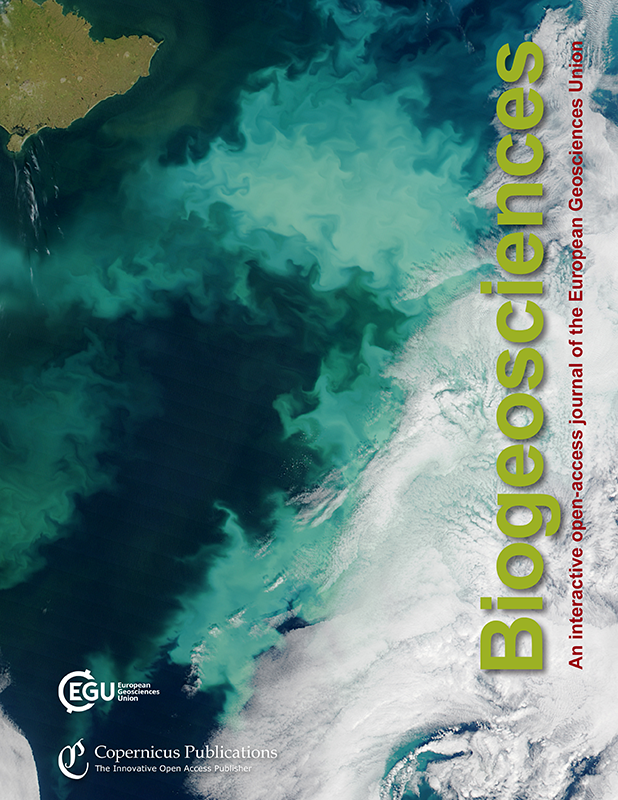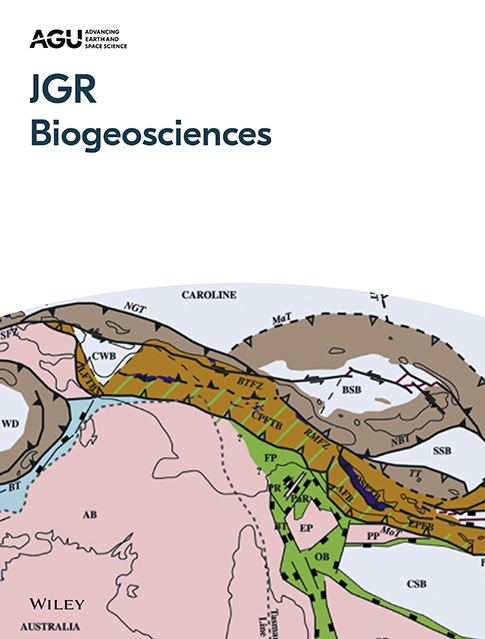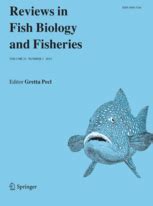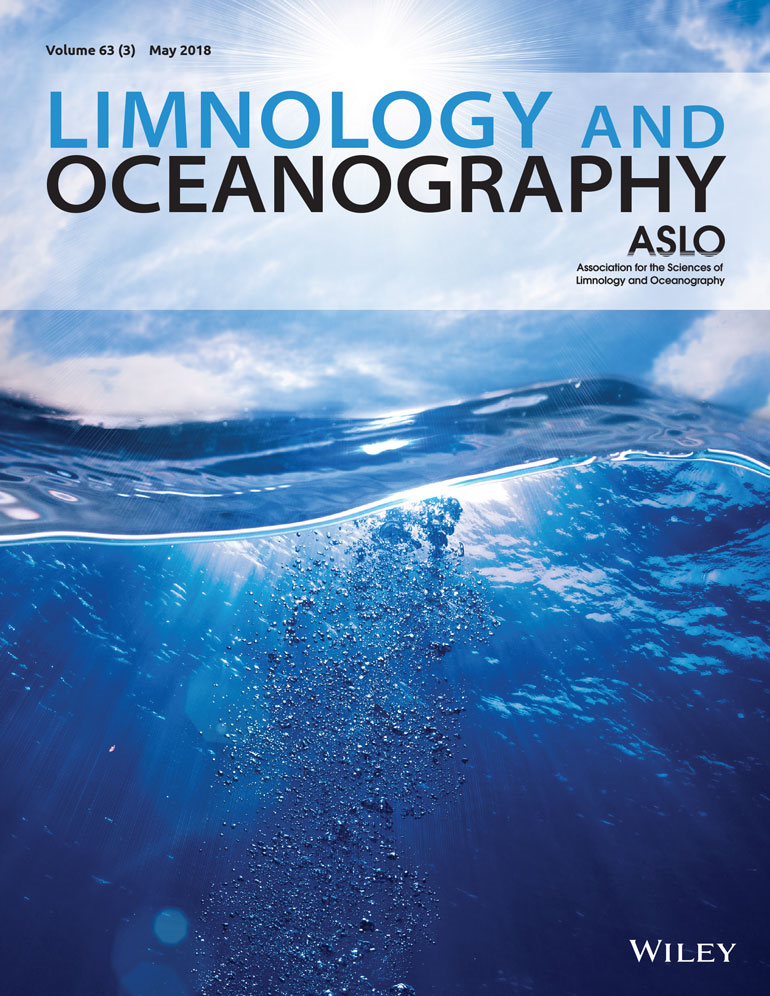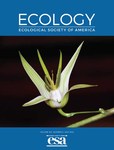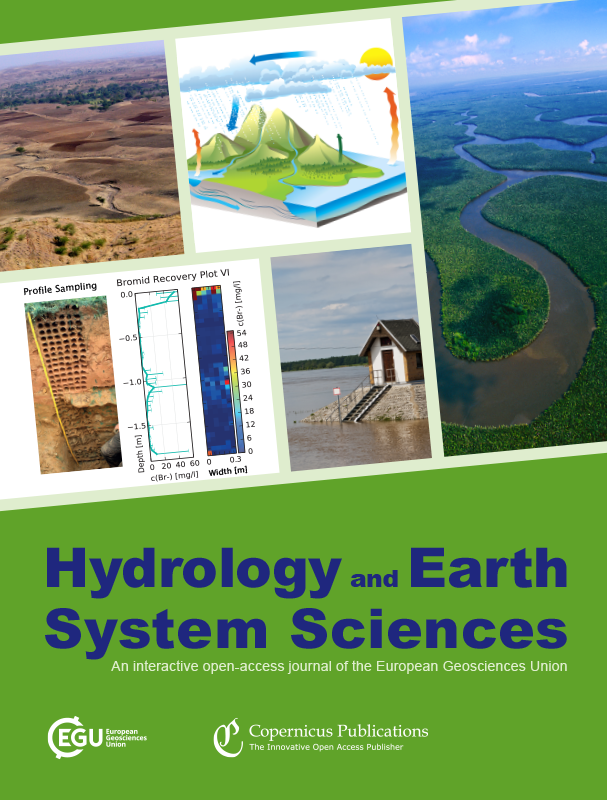
Performance of biochars for the elimination of trace organic contaminants and metals from urban stormwater
This study combines laboratory batch and column experiments with transport modeling to assess the efficacy and longevity of biochar filters for urban stormwater treatment. Biochar can serve as cost-effective adsorbent for the removal of polar organic contaminants in urban stormwater runoff.
Dissolved organic matter signatures in urban surface waters: spatio-temporal patterns and drivers
The authors studied the dissolved organic matter (DOM) composition from streams, rivers, ponds and lakes within Berlin. They found DOM from lakes and ponds to differ greatly from that of streams and rivers in composition and temporal turnover. Urban land use, nutrient supply and point source pollution were the main drivers of DOM. This suggests including DOM composition in regular monitoring.
Modelling temporal variability of in situ soil water and vegetation isotopes reveals ecohydrological couplings in a riparian willow plot
The authors used novel tracer-aided modelling of in-situ isotope data to quantify plant water sources and transit times, as well as dynamics and ages of soil water and root uptake in the critical zone of urban green spaces. This allowed to evaluate isotope mass balances, water partitioning, energy budgets, and biomass allocation under different landuse types (trees and grassland).
Recreational angling and spearfishing on social media: insights on harvesting patterns, social engagement and sentiments related to the distributional range shift of a marine invasive species
The authors compared ecological and social dimensions of recreational angling and spearfishing targeting the invasive bluefish (Pomatomus saltatrix) in Italy using digital videos and their associated data. The study showcases the value of exploring social media to understand the ecological and human dimensions of marine recreational fisheries in relation to distributional range shifts of species.
Host-associated bacterial communities vary between daphnia galeata genotypes but not by host genetic distance
The authors studied the role of host genetics in host-associated microbiome community structure. Gut and body microbiome composition still varied between Daphnia host genotypes, even though these Daphnia were kept under identical lab conditions for five years. This highlights the importance of host genetic component in microbiome structure.

Spatial and seasonal patterns of water isotopes in northeastern German lakes
In course of measuring campaigns, the spatial and temporal dynamics of water isotopes in northeastern German lakes were evaluated. The data will serve as basis for further studies, for example with respect to connectivity of lakes and biochemical processes in macrophytes.
Flexible habitat choice of pelagic bacteria increases system stability and energy flow through the microbial loop
The theoretical study evaluated the microbial dynamics of particle-associated vs free-living bacteria. Bacterial generalists have the ability to utilize both habitats and increase stability and energy transport through the 'microbial loop'. Adaptive response strategies of bacteria are important to assess the consequences of increasing particle loads, e.g., sediment and microplastics.
Antiparasitic potential of agrochemical fungicides on a non-target aquatic model (Daphnia× Metschnikowia host-parasite system)
The authors investigated antiparasitic potential of 3 agrochemical fungicides on a non-target aquatic model (Daphnia × parasitic yeast system). The results suggest that azole fungicides may disrupt host-parasite interactions in natural systems. There might be broader consequences of this parasite-clearance effect, especially in face of increasing evidence that parasites are ecologically important.
Stoichiometric mismatch causes a warming-induced regime shift in experimental plankton communities
The authors studied effects of warming on spring plankton dynamics in outdoor mesocosms. Experimental warming speeded up phytoplankton growth dramatically, triggering a massive bloom of phosphorus deficient algae that drove its zooplankton grazers to extinction. It shows that warming can aggravate the food quality mismatch at the plant–herbivore interface and limit energy transfer up the food web.
Xylem water in riparian Willow trees (Salix alba) reveals shallow sources of root water uptake by in-situ monitoring of stable water isotopes
The authors monitored stable isotopes in-situ at high resolution in soil and plant water at an urban green space to understand the ecohydrological functioning of the Critical Zone, i.e., the thin, dynamic, life-sustaining skin of the Earth that extends from the canopy top to the active groundwater. At the end of the growing season deeper than upper soil water was used for plant water uptake.


